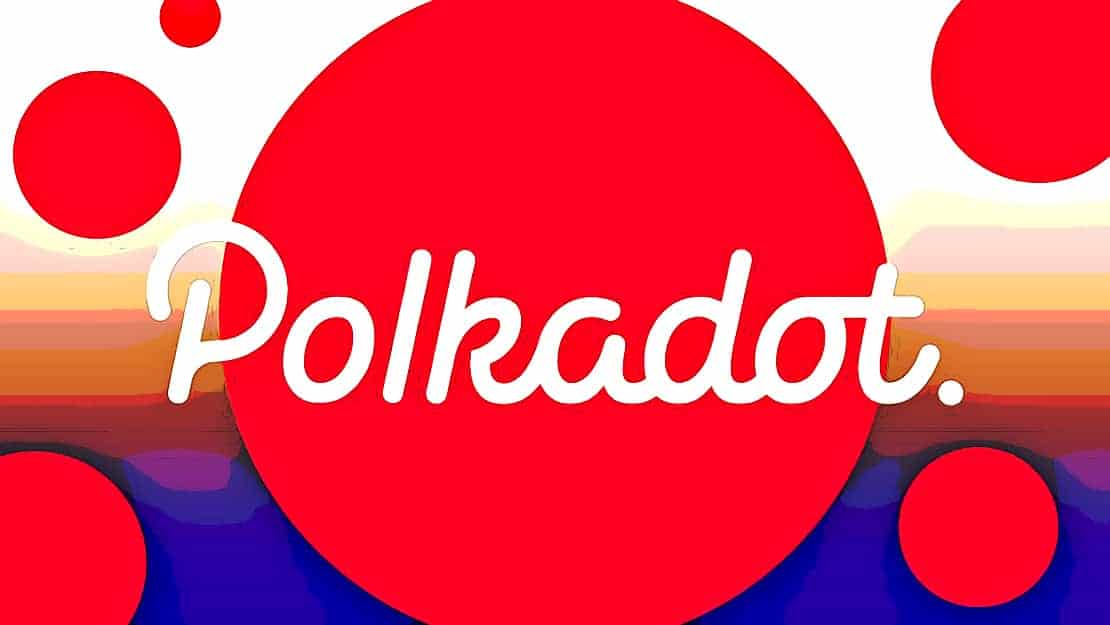Binance Labs, the venture capital and incubator of cryptocurrency exchange Binance, announced today its strategic investment in Plasm Network, a leading decentralized applications (DApps) hub in the Polkadot blockchain ecosystem. The investment is part of a US$2.4 million series A fundraise by Plasm Network.
Interest has been growing in decentralized finance (DeFi) with more than US$34 billion total value locked in DeFi protocols, according to the latest data from DeFi Pulse. While almost all DeFi transactions are currently being done on Ethereum, scalability issues and high “gas prices” have given rise to competitor blockchain networks, such as Cardano and Polkadot.
See related article: Congested Ethereum hosts 96% of DeFi transactions. Who are its up-and-coming competitors?
Polkadot — which is not yet a year old since its launch — has already become the darling of many crypto circles, especially in China.
Founded by Ethereum co-founder Gavin Wood, Polkadot has been gaining a lot of attention with its meteoric ascent into being a top 10 cryptocurrency soon after its May 2020 launch by the Web3 Foundation. Last year, Bloomberg anointed Polkadot as a new Ethereum “killer.” Polkadot’s DOT token is currently ranked as the sixth largest cryptocurrency by market cap, according to CoinMarketCap. Its ecosystem continues to grow rapidly, with more than 100 teams and projects, according to Polkadot’s 2020 roundup.
The Polkadot network has been especially popular with developers and investors in mainland China largely because of Wood’s star power, given his association with Ethereum and the Web3 Foundation’s strong funding support for Polkadot projects in the country. Wood also reportedly lives in Shanghai part of the time, and Polkadot has been added to China’s state-owned Blockchain-based Service Network (BSN).
Polkadot is a next-generation blockchain protocol that connects multiple specialized blockchains into one unified, “multi-chain” network that provides interoperability between blockchains — whether they are public, open and permissionless blockchains or private, permissioned blockchains. In the Polkadot ecosystem, individual blockchains, or “parachains” (parallel blockchain) connect to and are secured by the “Polkadot Relay Chain.”
Plasm Network, designed to be one such Polkadot parachain, is a scalable, interoperable and Ethereum virtual machine-compatible smart contract platform on Polkadot that supports Layer 2 applications such as Optimism Virtual Machine (OVM) and ZK Rollups (a Layer 2 solution to improve scalability).
Last month, Plasm Network became the first parachain on Polkadot’s Rococo V1 testnet and deployed the first smart contract on Rococo V1.
“Polkadot Relay Chain doesn’t support smart contracts by design. All developers in the Polkadot ecosystem need a smart contract parachain,” said Plasm Network’s founder Sota Watanabe, in an email to Forkast.News. “When it comes to smart contracts, Ethereum compatibility and Layer 2 are two important things. This is where Plasm comes in.”
.@Plasm_Network has deployed the first parachain on Rococo V1.
— Polkadot (@Polkadot) January 13, 2021
“Our highest priority in 2021 is to become a Polkadot parachain and build a dApps hub on Polkadot. Today we became the first parachain on Rococo V1.”https://t.co/4IepafdL90
“Polkadot will be fully functional once parachains are connected to the Polkadot mainnet,” Watanabe added. “It seems that it takes months but this is a huge step toward becoming the Polkadot parachain.”
Plasm Network is the first investment under Binance Labs’ US$10 million fund to support Polkadot infrastructure projects and startups. The investment round was joined by HashKey, PAKA Ventures, Digital Finance Group and LongHash.
“We have been very impressed by Plasm Network’s growth since its launch. It is the first parachain that connected to the [Polkadot] Rococo-V1 parachains testnet and is one of the most promising parachain candidates for Polkadot mainnet,” said Wei Zhou, head of Binance Labs, in a media release.
Binance established a US$10 million fund for Polkadot projects last December as part of its efforts to bring DeFi to its users. “We are thrilled that Plasm Network is among the first to benefit from this fund. We are looking forward to see the Polkadot ecosystem grow,” added Zhou, in an email to Forkast.News.
#Binance is establishing a $10 million fund to empower innovative projects to be built around the @Polkadot ecosystem. https://t.co/55EDfm8XIA
— Binance (@binance) December 23, 2020
“Becoming a Polkadot/Kusama Parachain is the highest priority for us. In February or March, we will launch the Plasm Network Portal. Through this tool, developers can deploy contracts directly. One of the huge advantages of the Plasm Network is DApps Staking. Developers on Plasm will be able to get a basic income by making dApps on Plasm Network,” Watanabe told Forkast.News. Kusama is Polkadot’s canary network for early stage Polkadot deployments.
“2021 is an important year for Plasm and Polkadot,” Watanabe said in a statement. “Together with Binance, we will open up the era of Web3.0.”





